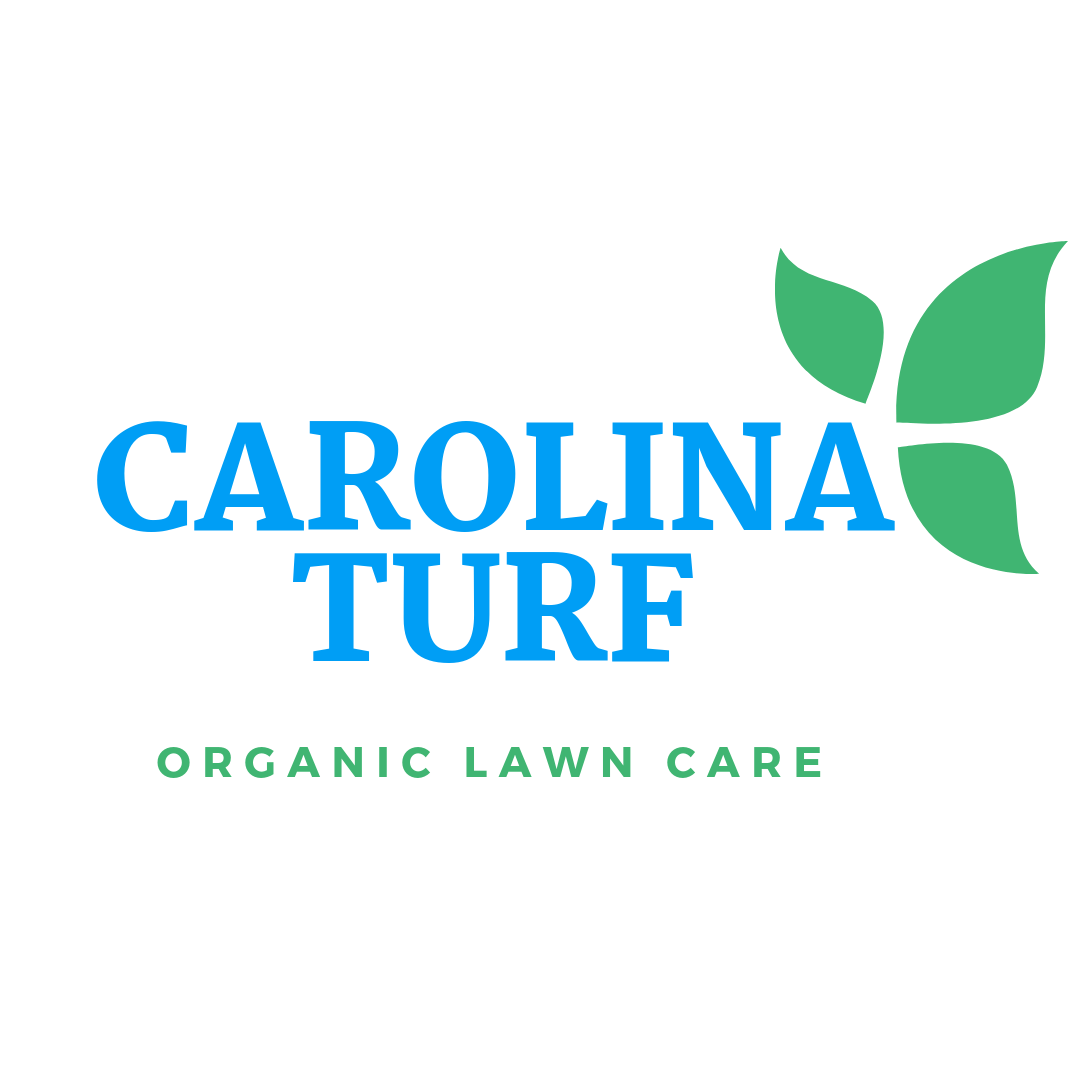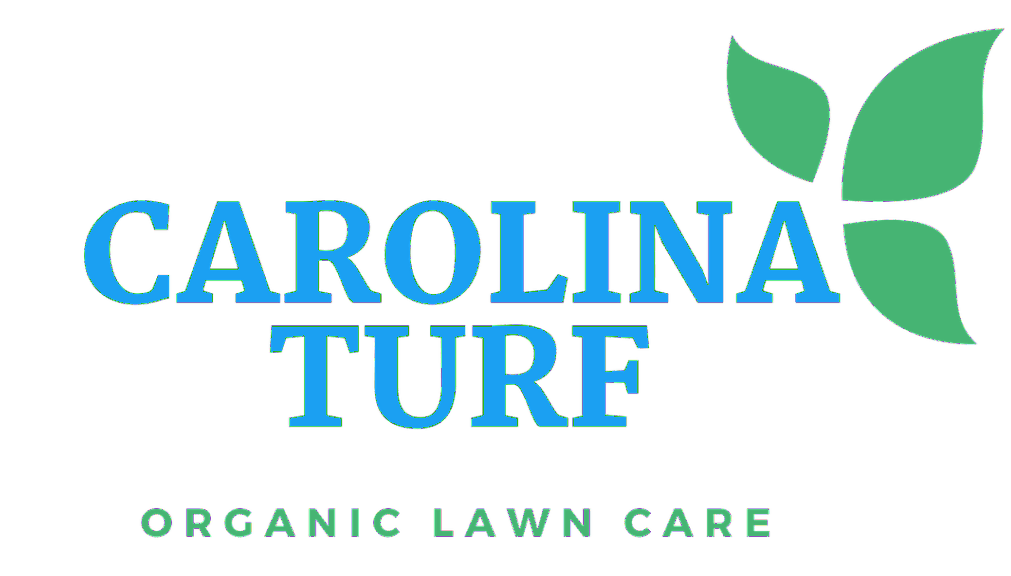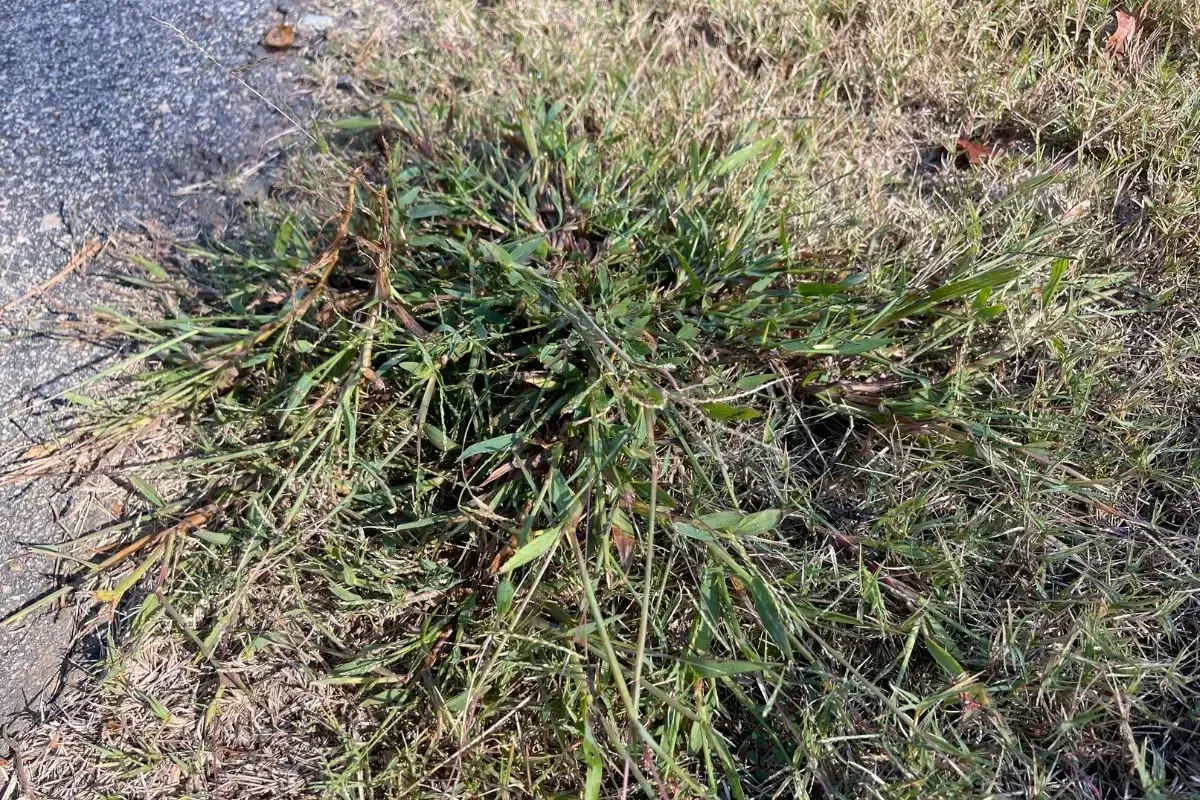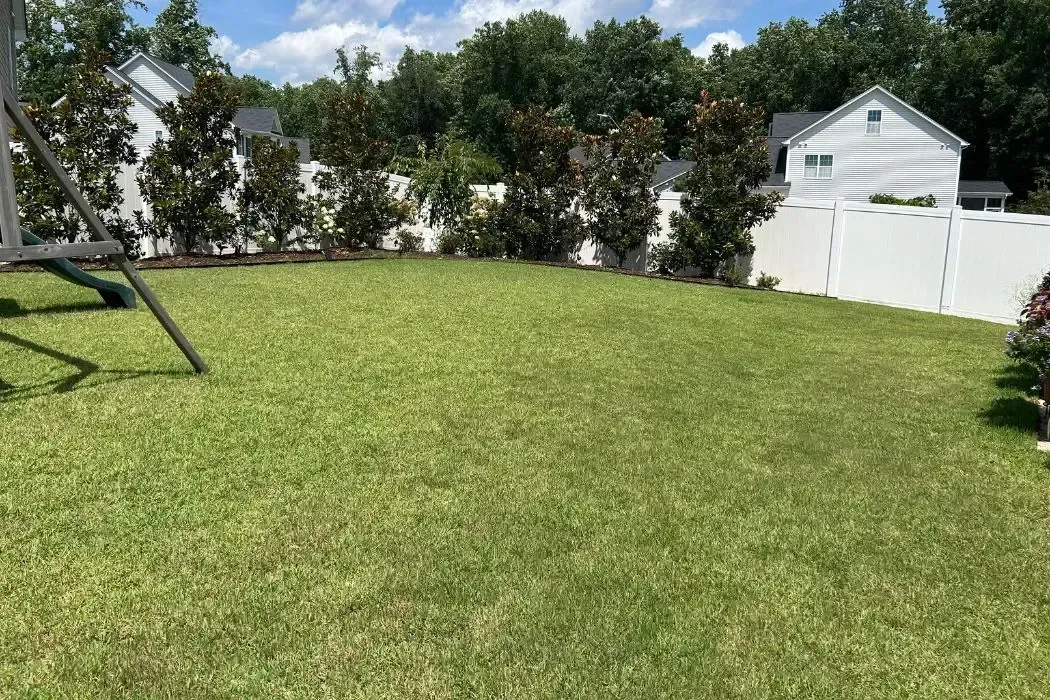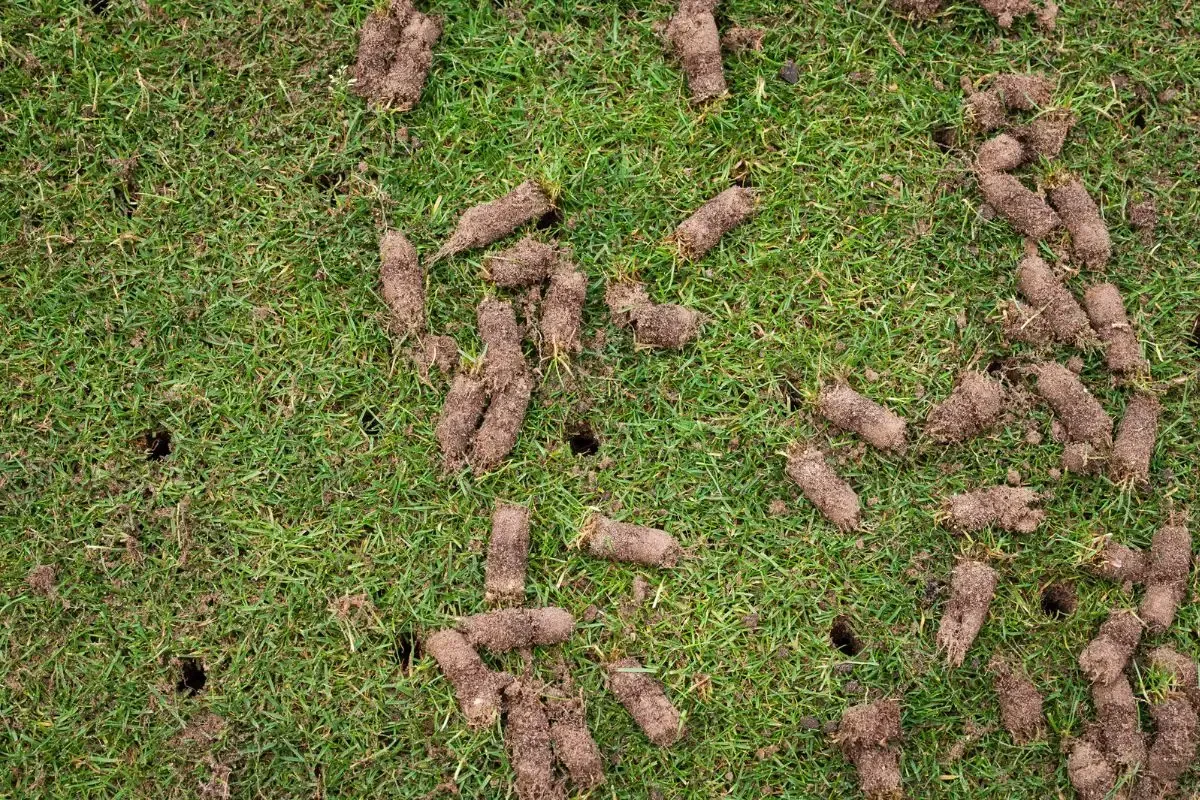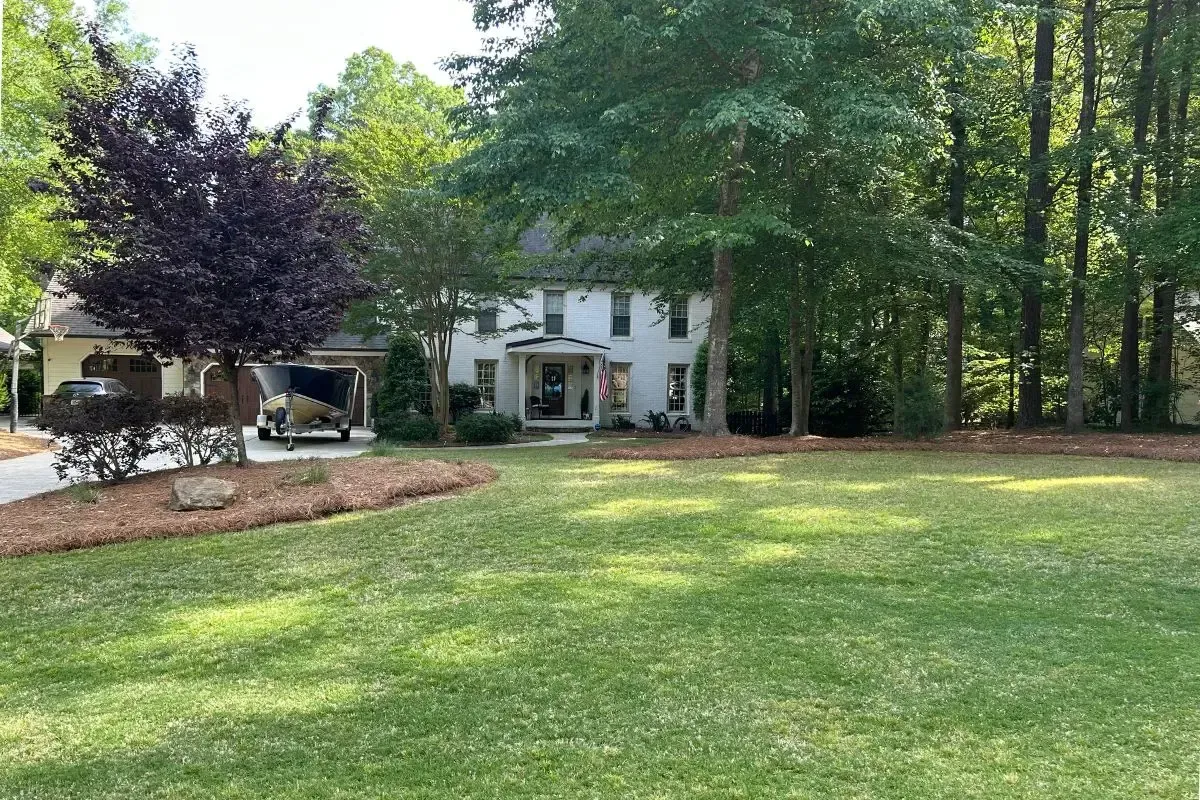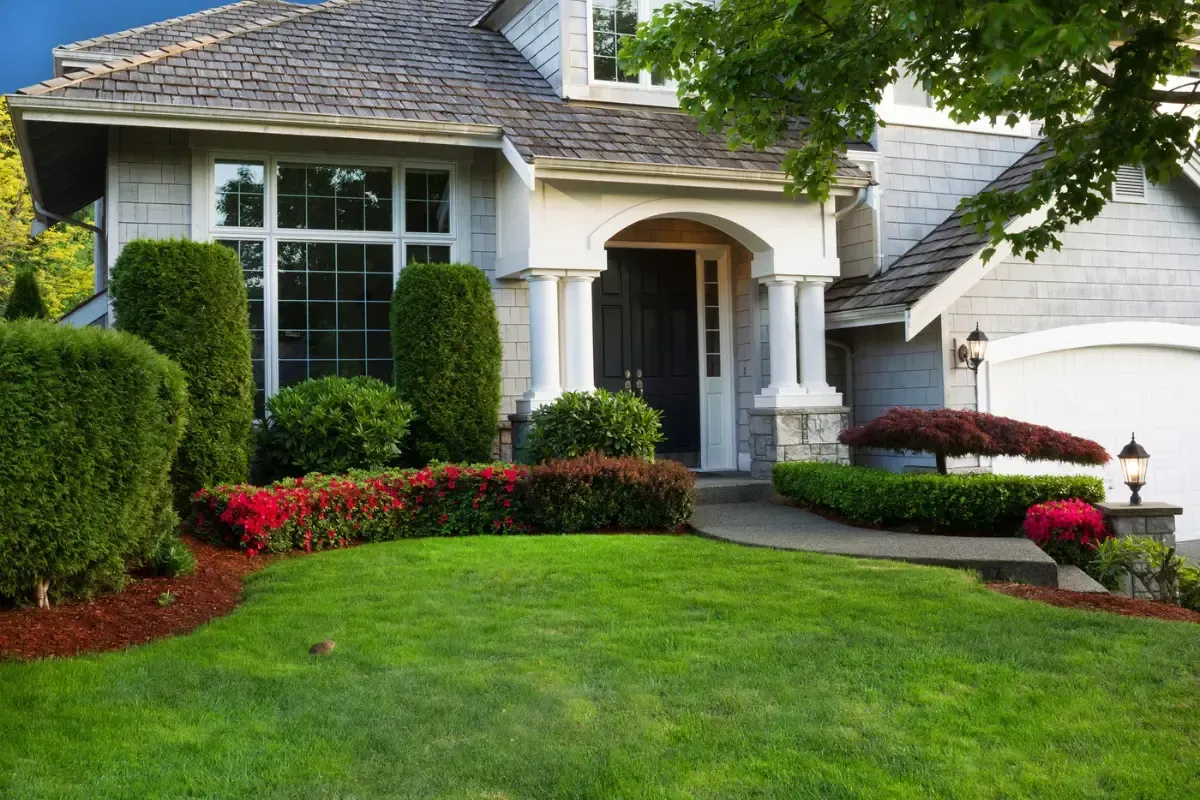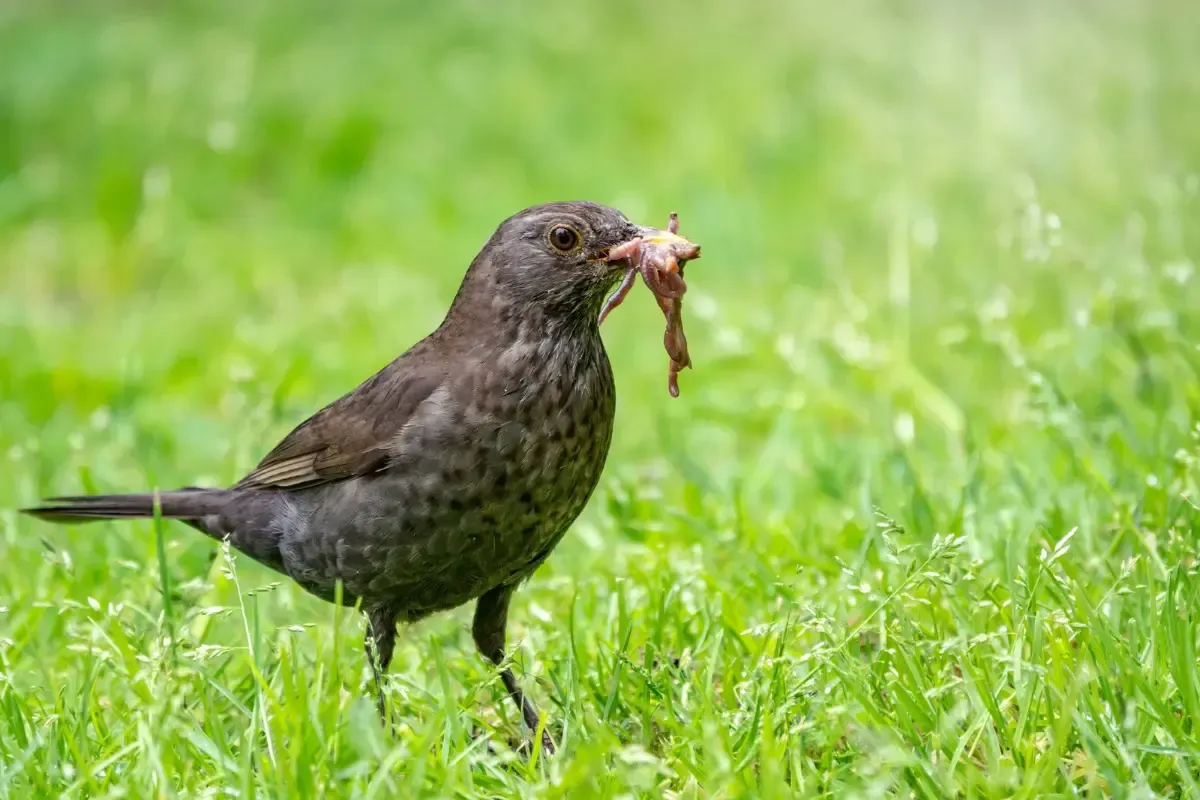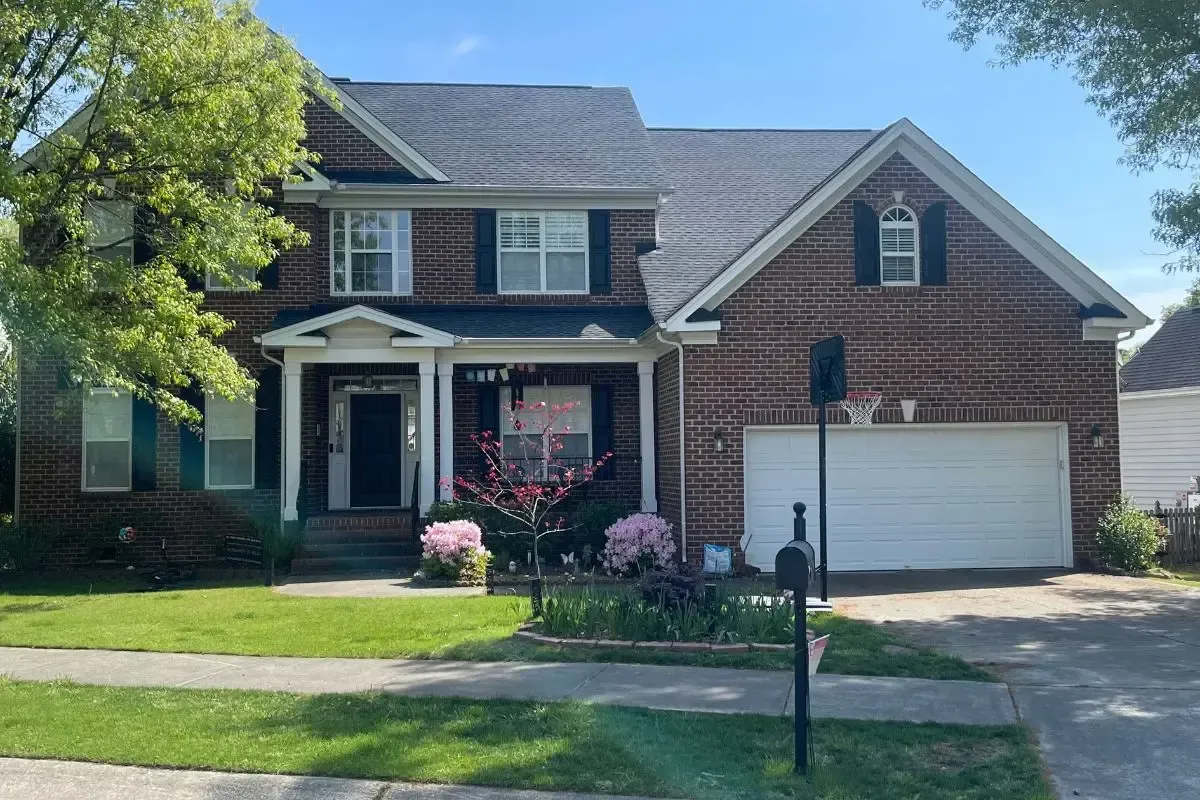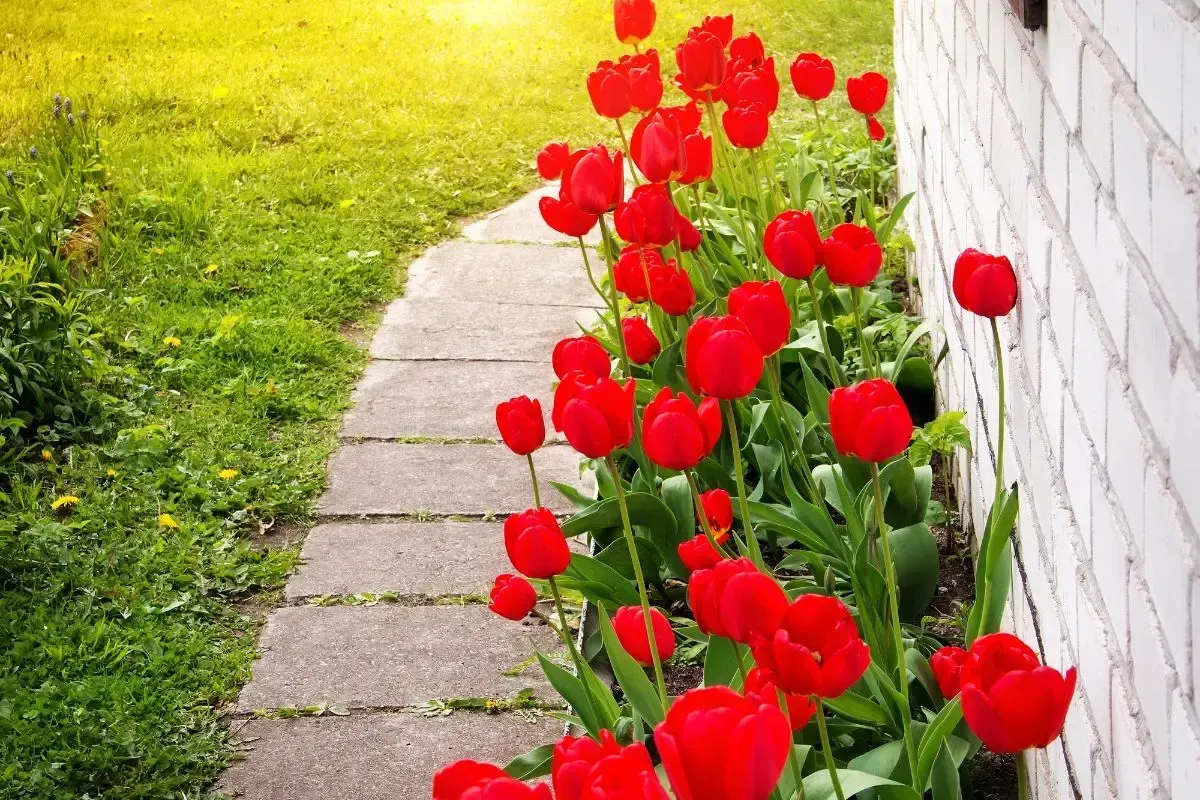No-Till Gardening: Organic Farming of Vegetables
Learn this sustainable gardening method from the former NCSU professor and farmer Dr. Milton Ganyard.
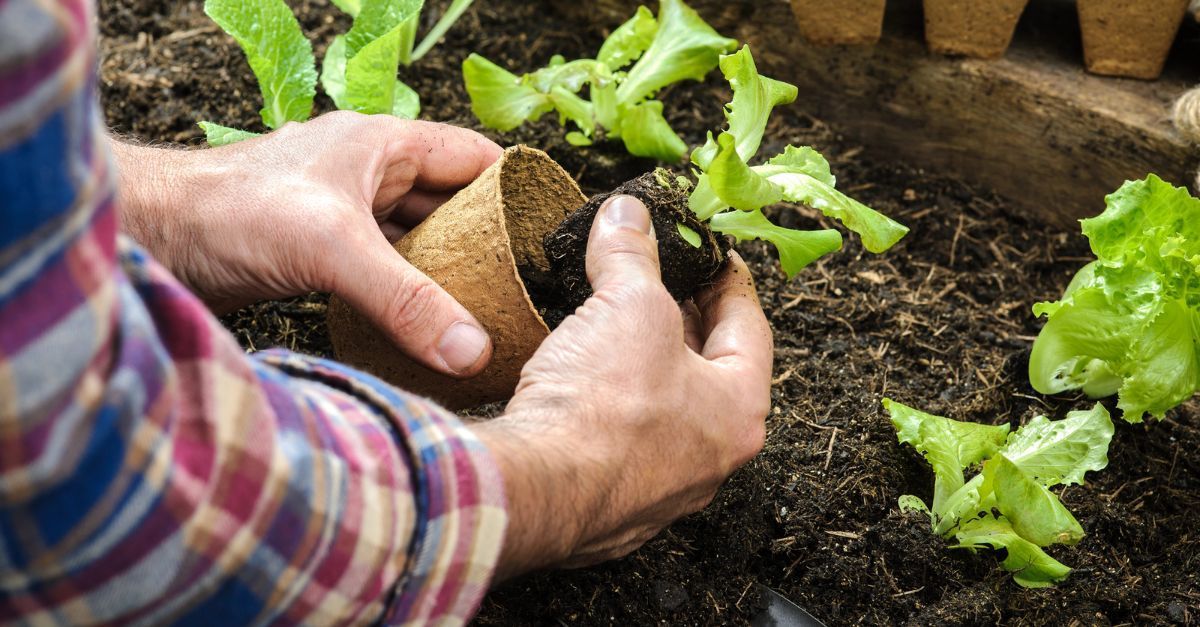
I practiced no-till organic gardening in my backyard for 14 years before starting Ganyard Hill Farm. It is a low-maintenance, productive method of producing fresh, pesticide-free vegetables in your own backyard.
First, let me identify some terms that you may have read or heard but aren’t sure what they mean or how they differ:
Organic Farming
The term ORGANIC is used to describe a system of producing food without the use of synthetic chemicals, notably chemical pesticides and chemical fertilizers. The alternative to chemical fertilizers is to build up the soil with manure and other forms of organic matter and to reduce or eliminate soil tillage. The alternative to chemical pesticides for controlling arthropod (insect, etc.) pests and certain diseases is to rely on cultural practices, beneficial arthropods, and other biological organisms for crop protection. I will discuss the dynamics of arthropod populations and crop protection first.
Protecting Crops with Beneficial Organisms
In the case of insect pests and certain diseases, fewer pest problems often occur in a production system (i.e., a garden, field, or geographical area) where synthetic chemical pesticides are not used. This is because pests are usually controlled by their natural enemies when broad-spectrum chemicals do not kill off the natural enemies.
The natural enemies of pests are varied and quite extensive. They consist of other insects, such as wasps, flies, etc., which deposit their eggs on or in pests. The eggs hatch into larvae that feed as parasites on the inside of pests and eventually kill the pests. The larvae then pupate and emerge as new adults, finding more pests and laying more eggs. Certain fungi, bacteria, and viruses also attack pests. This is how nature keeps populations in balance. Broad-spectrum chemical pesticides upset this balance and result in an abundance of more pests than beneficial organisms in the production system. It’s important to know that most insects you see are doing something you benefit from. Only a few of them are pests.
Dealing with Pest Problems
Pest species occasionally become a nuisance even when broad-spectrum chemicals are not the cause, but this is much less frequent. The ways to reduce these occasional pest problems are through the use of certain cultural practices such as:
· Crop rotation
· Pest-resistant plant varieties
· Strategically timed planting
· Inter-planting various kinds of plants so pests are repelled
· Having a healthy soil to grow plants in
· Sometimes allowing a few pests to have their fair share of the produce, etc.
When pests do become a nuisance, highly selective, non-chemical methods can be used to suppress them, such as purchasing beneficial insects from a supplier and releasing them in the vicinity of the pests or applying non-chemical, biological pesticides such as Bacillus thuringiensis (BT) (a naturally occurring disease of certain pests).
"Fields that have not been tilled for several consecutive years have become more productive than conventionally tilled fields."
The Invasion of the Non-native Species
Additionally, some of our most troublesome pests have attained their status by migrating from their native areas of the world to ours. Much of the natural control of pests is done by host-specific predators and parasites that evolved along with the pest species. When a pest suddenly extends its range to a new part of the world, it usually leaves behind its host-specific natural enemies. The pest then enjoys a fairly free reign in the new territory. Some examples of foreign pests that have migrated into the U.S. are:
· Japanese beetle
· Gypsy moth
· Fire ant
· Cotton boll weevil
· Mediterranean fruit fly, etc.
There is very little natural control of these species in the U.S. and you have probably seen the results of some of these cases. We usually have more limited choices for controlling these introduced pests:
1) live with their damage or
2) apply chemical controls to limit them.
However, seeing what happens when these introduced species become ravaging pests also helps you understand how well natural control works on so many of the plant-feeding species native to the U.S. Were it not for natural control, all of them would be as devastating as these introduced species.
Integrated Pest Management
Integrated Pest Management (IPM) is the process of using pest-reducing cultural practices, evaluating the status of a pest problem when it occurs, and determining if and when a pesticide should be used. Proponents of IPM differ from proponents of Organic production in that IPMers approve limited, selective, judicious use of chemical pesticides, while Organic believers do not accept the use of any chemicals at all.
No-Till Gardening
The term no-till refers to a practice that has been under refinement in the field of agriculture for at least 40 years. With refinement, no-till has become immensely successful and has shown many advantages. No-till means that a crop (or garden) is grown without tilling the soil at all. Today, millions of acres of U.S. cropland are annually planted in a no-till system.
Farmers first began practicing no-till because it reduced the amount of work and, therefore, the expense of producing crops. However, many other advantages were soon realized. Fields that have not been tilled for several consecutive years have become more productive than conventionally tilled fields. Studies have shown the increased production is due to:
1) elimination of wind and water erosion of top soil
2) reduced leaching of plant nutrients
3) great increases in earthworm and beneficial microorganism populations in the productive soil layer due to lack of the destructive action of tilling
4) increase in organic matter, humus, soil tilth
5) lowered water requirements due to the increase in tilth, organic matter, life and the resulting porosity of the soil
6) increased organic levels in the productive soil layer, etc.
In other words, the no-till approach puts life back into the soil! The soil then returns the favor in the form of increased production.
My Journey in Sustainable Agriculture
I have been an IPM practitioner for nearly 40 years, going back to the mid-sixties when I earned my MS degree at Mississippi State University, where I studied under one of the true pioneers of IPM. After finishing my PhD in Entomology and Ecology at the University of Georgia in 1971, the U.S. Department of Agriculture hired me to come to North Carolina and head up one of the first of two pilot programs in the U.S. Through this experience, I learned a great deal about the advantages of IPM in place of automatic pesticide application programs that were customary in those days.
Removing Pesticides from Cotton Production
In 1978, the U.S. Department of Agriculture put me in charge of a program to eradicate the cotton boll weevil from North Carolina. You’ll recall earlier that I said the cotton boll weevil is an introduced pest with very few natural enemies. Therefore, the only way to control it was with extensive use of pesticides. These pesticides destroyed the natural enemies of other pests and caused outbreaks, requiring still more pesticide application, like a treadmill. When the boll weevil migrated into NC in 1921, approximately 1.5 million acres of cotton were grown in NC, and pesticides were rarely used on the crop. By 1978, a cotton crop in NC required 10-14 applications of pesticides per year, and many fields still received excessive insect pest damage. As a result, cotton was not very profitable, and the total acreage in NC shrank from 1.5 million per year to only 40,000 and continually declined. We successfully eradicated the boll weevil and no longer had to apply insecticides for its control.
Moreover, beneficial insects once again thrived in cotton fields in NC, and those other pests became minor concerns once again. As a result, cotton became much more profitable again, and we now grow nearly 1.0 million acres every year in North Carolina.
Beginning Backyard Gardening
Also, during the 1970s, I learned to grow a garden in my backyard without using pesticides. This meant not growing certain things like beans that are highly susceptible to the Mexican bean beetle and letting nature take care of other potential pests. It also meant learning some new cultural practices like making several successive plantings of squash and wrapping aluminum foil around the base of the squash plant to provide a physical barrier to the squash vine borer where it enters the plant. It also meant picking off a few pests by hand.
Cultivating Living Soil: A Foundation for Organic Gardening
Building up your garden soil is the single most important thing you can do to create a productive, no-till organic garden. Basically, this involves adding the right organic matter and stopping the practice of tilling the soil. I noticed farmers who followed the no-till practice had more earthworms and more porosity in their soil. We all know the benefits of earthworms in building the soil's productive capacity. I learned they have a lot of help from many other macro-fauna and micro-fauna – living things in the soil, both large enough to see and too small for the naked eye. It is like a living community in the productive layer of the soil. Each has its job in breaking down organic matter that enriches the soil and makes it more porous. More porous soil contains more air, hence more oxygen for plant roots, allowing water to move into and through the soil better. Tillage destroys the living community and eliminates the porosity.
How To Begin No-Till Gardening
One fall, I began concentrating on practices to create a garden with these attributes. I added a lot of chicken litter, tree leaves, old grass clippings, dolomitic lime, etc., and tilled them in well.
Then I bedded up some rows. I covered the garden with mulch – leaves and grass clippings.
In the spring, I parted the much at the top of the row bed to plant my seed. After the plants were up high enough, I pulled the mulch back around them. All summer, I continued adding grass clippings. After the garden was done in the fall, I added more leaves and chicken litter, this time not tilling it in.
I learned that my living soil community pulled all this material down into the soil over time. There are top, middle, and bottom dwellers, each doing a part of the process. The high amount of nitrogen in the chicken litter not only helps plants grow but also is the fuel for a more rapid breakdown of the organic matter and a more rapid buildup of humus and beneficial soil life.
The first year may be a little touch and go, but by the second year, you have arrived. You need to continue mulching to provide a food source for the microorganisms that will turn them into food for the plants, conserve moisture, and prevent weeds from growing. Use pest-resistant varieties when available, rotate your crop locations within the garden yearly, and interplant to repel pests. Live with a few pests from time to time.
Following is a step-by-step guide for jump-starting your own no-till garden of approximately 1,000 square feet (25’ X 40’):
1. Put at least one (preferably 2) good-sized pick-up truck load(s) of organic matter such as leaves or leaf mold into the garden.
2. Add a high dose of organic nitrogen (such as a pick-up truckload of chicken manure).
3. Add about 150 lbs of dolomitic lime.
4. Till well and deep.
5. Build raised row beds.
6. Mulch, mulch, mulch.
7. In late fall, each year, add some more manure.
8. Sell your rototiller. You don’t need it anymore!
Dr. Milton C. Ganyard, Jr., AKA “Farmer Ganyard,”is an entomologist/ecologist by training. He received his Masters Degree from Miss. State University and his BS and PhD Degrees from the University of Georgia. He has over 51 years professional experience working with agricultural, environmental and human health programs with the U.S. Public Health Service, the U.S. Department of Agriculture, Ganyard Ag Research & Consulting Service, as founder and owner of Environmental Technologies Institute and as founder and owner of Ganyard Hill Farm LLC – an agritourism farm. He’s now retired and spends his time with family, hobbies and advising others.
